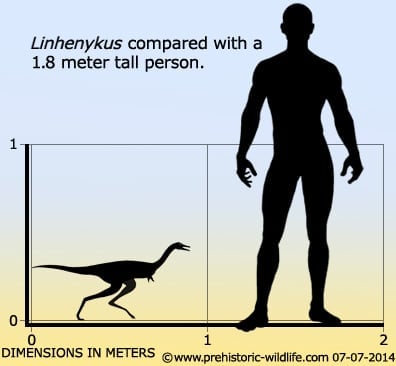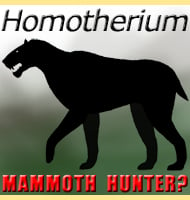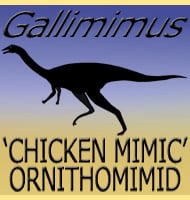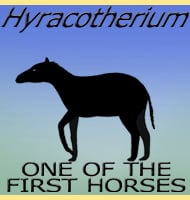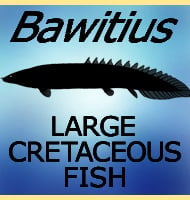In Depth
Linhenykus has the distinctive feature of incredibly reduced arms that are typical of the alvarezsauroids. What makes Lynhenykus stand out from the group though is the fact that it had only one finger. A bone for a second finger was discovered but the nub is not thought to have been functional.
Although at first glance the reduced forelimbs seem to be of no value, they were probably the key adaptations for the survival of Linhenykus. It is thought that the finger would have been used it to dig into termite nests. The finger however was not as well developed as others that have been found in earlier alvarezsaurs, suggesting that the evolution of this finger may have reversed to a more primitive form.
Further Reading
– A monodactyl nonavian dinosaur and the complex evolution of the alvarezsauroid hand. – Proceedings of the National Academy of Sciences 108 (6): 2338–2342. – Xing Xu, Corwin Sullivan, Michael Pittman, Jonah N. Choiniere, David Hone, Paul Upchurch, Qingwei Tan, Dong Xiao, Lin Tan & Fenglu Han – 2011. – Osteology of the alvarezsauroid Linhenykus monodactylus from the Upper Cretaceous Wulansuhai Formation of Inner Mongolia, China, and comments on alvarezsauroid biogeography. – Acta Palaeontologica Polonica. – Xing Xu, Paul Upchurch, Qingyu Ma, Michael Pittman, Jonah Choiniere, Corwin Sullivan, David W.E. Hone, Qingwei Tan, Lin Tan, Dong Xiao & Fenglu Han – 2013. – An articulated pes from a small parvicursorine alvarezsauroid dinosaur from Inner Mongolia, China. – Acta Palaeontologica Polonica. 58 (3): 453–458. – David W. E. Hone, Jonah N. Choiniere, Qingwei Tan & Xing Xu – 2013.
